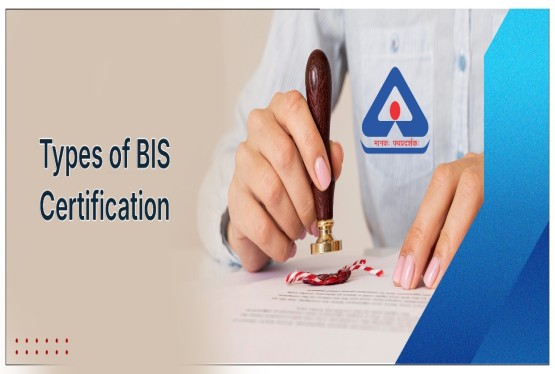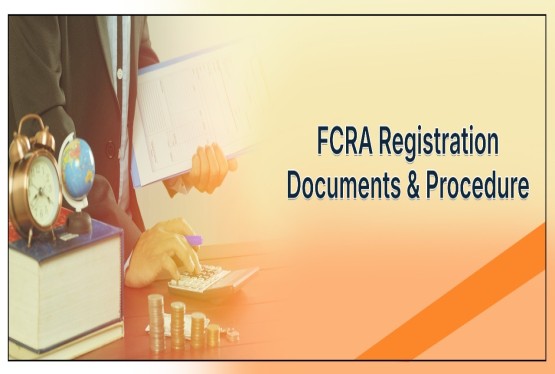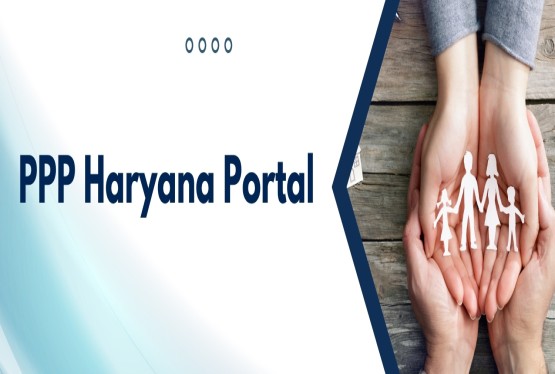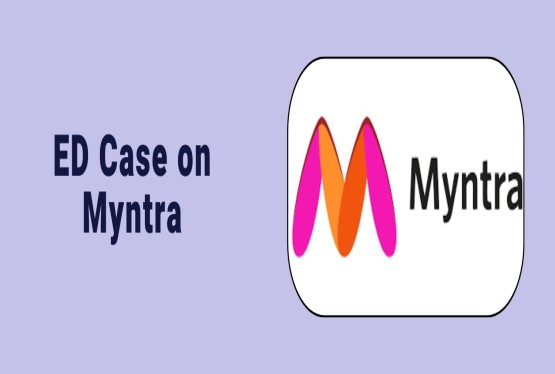The Indian Income Tax Act includes specific provisions to ensure the deduction of tax at source (TDS) on various types of transactions. Among these provisions, Sections 194-IB and 194-IC play an important role in ensuring compliance and proper tax deduction from rental income and joint development agreements in real estate. Both these sections aim to cover specific scenarios that are not addressed under other TDS sections like Section 194-I. Let us understand both these sections in detail.
Section 194-IB Under Income Tax Act
Section 194-IB deals with the deduction of TDS on rent payments made by individuals or Hindu Undivided Families (HUFs) who are not subject to tax audit under section 44AB of the Income Tax Act. This section was introduced to bring the salaried class and small businesses into the tax deduction net in case they make high-value rental payments.
According to this section, if the monthly rent paid by such individuals or HUFs exceeds Rs. 50,000, then TDS at the rate of 5% must be deducted. This provision ensures that landlords receiving substantial rental income do not avoid paying taxes.
It is important to note that this provision applies even to individuals who are not carrying out any business or profession. For instance, salaried employees renting expensive accommodation are required to comply with this provision if the rent crosses the threshold.
Who is liable under Section 194-IB?
The liability to deduct TDS under Section 194-IB falls on individuals and HUFs who are not liable for tax audit under section 44AB. This means that small businesses, professionals, and salaried individuals who are not audited under the Income Tax Act are included.
Earlier, only those who were audited were required to deduct TDS under Section 194-I. But to widen the tax base, Section 194-IB was introduced to include others who make significant rent payments.
This ensures that even individuals and smaller businesses paying high rent contribute to TDS compliance and help bring rental income into the tax system.
What is considered as rent under Section 194-IB?
Rent under this section includes any payment made under a tenancy, lease, sub-lease, or other similar agreement. The payment could be for the use of various types of assets. These include:
Land
Land including a factory building
Building including a factory building
Machinery
Furniture
Equipment
Plant
Fittings
It is not necessary that the payee (landlord) should own the asset. The definition of rent is wide and includes all arrangements where payment is made for using any of the assets mentioned above.
Rate of TDS Under Section 194-IB
TDS is required to be deducted at 5% of the rent paid. However, it is crucial to mention that the rate has been proposed to be reduced to 2% with effect from 1st October 2024. If the landlord does not provide a valid PAN, then the rate of TDS shoots up to 20%.
This higher rate for non-PAN holders encourages landlords to comply with the PAN regulations and helps in better tax tracking.
Time of Deduction Under Section 194-IB
The TDS needs to be deducted at the earlier of the following two instances:
1. At the time of credit of rent for the last month of the previous year or the last month of tenancy, if the property is vacated during the year.
2. At the time of actual payment of rent.
This means that TDS must be deducted either when the rent is paid or credited, whichever comes first. This ensures timely deduction and deposit of taxes.
Deposit of TDS and Form 26QC
The tax deducted under Section 194-IB should be deposited to the government using Form 26QC. This is a challan-cum-statement that must be filed within 30 days from the end of the month in which the TDS is deducted. For example, if TDS is deducted in March, then it must be deposited by April 30. For other months, the deposit must be made within 30 days.
After depositing TDS, the tenant must also provide a TDS certificate in Form 16C to the landlord. This serves as proof of tax deposited and can be used by the landlord while filing income tax returns.
Penalty for Non-Compliance Under Section 194-IB
If TDS is not deducted or deposited on time, there are strict penalties:
1. Interest of 1% per month for delay in deduction.
2. Interest of 1.5% per month for delay in deposit after deduction.
3. Late filing fee of Rs. 200 per day for not filing Form 26QC within 30 days.
Additionally, in severe cases, the tenant may be treated as an assessee in default and face further penalties or prosecution.
Online Payment Procedure for TDS under Section 194-IB
1. Log in to the Income Tax portal.
2. Go to the "e-file" menu and select "e-Pay Tax."
3. Click on "New Payment" and choose 26QC (TDS on Rent).
4. Fill in details such as PAN of tenant and landlord, address, rent amount, and TDS.
5. Submit and proceed with payment. Note the acknowledgment number for future reference.
6. Once payment is made, download Form 26QC and ensure that Form 16C is issued from the TRACES portal.
Section 194-IC Under Income Tax Act
Section 194-IC deals with the deduction of TDS under a Joint Development Agreement (JDA). This provision was introduced to bring clarity and transparency in the real estate sector, especially for redevelopment and construction projects.
A Joint Development Agreement is an arrangement where the owner of a property allows a developer to construct a real estate project on the land. In return, the owner receives a share in the constructed property or monetary consideration.
Under Section 194-IC, the developer (payer) must deduct TDS at 10% on any consideration paid to the landowner under the JDA.
When is TDS Deducted Under Section 194-IC?
TDS under this section must be deducted at the earlier of the following:
1. At the time of credit of the income to the account of the payee (landowner).
2. At the time of actual payment, whether in cash, cheque, draft, or any other mode.
This ensures that tax is collected at the point when the income is realized or accounted for.
Rate of TDS Under Section 194-IC
The TDS rate under this section is 10%. This applies to the monetary component of the consideration paid under the Joint Development Agreement. The provision ensures that significant transactions under JDAs are brought under the TDS net.
Deposit of TDS Under Section 194-IC
The timeline for depositing TDS under Section 194-IC is as follows:
-
If the payment is made by a person other than the government, then tax must be deposited within 7 days from the end of the month in which the deduction is made.
-
If the payment is made in March, the TDS must be deposited by April 30.
-
If the government is making the payment, the deposit must be made on the same day without using a challan form.
This strict timeline ensures that taxes are deposited on time and there is no loss of revenue.
Importance of Compliance with Section 194-IC
Failure to comply with the TDS requirement under Section 194-IC can lead to severe consequences. Interest and penalties may be imposed, and the payer may be held liable as an assessee in default.
Moreover, the TDS deducted must be reported in the relevant TDS returns, and Form 16B (TDS certificate) must be issued to the recipient of income.
Conclusion
Sections 194-IB and 194-IC under the Income Tax Act have been introduced to improve tax compliance in the areas of rental payments and joint development agreements. These provisions ensure that individuals, even those not previously required to deduct TDS, now contribute to tax collection on high-value transactions.
While Section 194-IB targets rental income above Rs. 50,000 per month paid by individuals and HUFs, Section 194-IC is focused on real estate transactions involving JDAs. Timely deduction and deposit of TDS, accurate filing of forms, and issuance of certificates are essential to avoid penalties and ensure smooth compliance.
You can reach out to us through:
Email: info@ccoffice.in
Call/Whatsapp: +91 9988424211
FAQs
Q1. Who is required to deduct TDS under Section 194-IB?
Ans. Any individual or Hindu Undivided Family (HUF) who is not required to get their accounts audited under Section 44AB of the Income Tax Act must deduct TDS under Section 194-IB if they are paying rent exceeding Rs.50,000 per month to a resident landlord. This includes salaried individuals, small business owners, or professionals not covered under audit requirements.
Q2. At what rate should TDS be deducted under Section 194-IB?
Ans. TDS should be deducted at 5% of the monthly rent if it exceeds Rs.50,000. However, if the landlord does not furnish their PAN, the rate increases to 20%. From October 1, 2024, the rate is proposed to be reduced to 2%.
Q3. Is a TAN (Tax Deduction and Collection Account Number) required for deducting TDS under Section 194-IB?
Ans. No, a TAN is not required for deducting TDS under Section 194-IB. Tenants can use their PAN to deposit the TDS using Form 26QC, which is a challan-cum-statement specifically introduced for this purpose.
Q4. What is a Joint Development Agreement, and how is TDS handled under Section 194-IC?
Ans. A Joint Development Agreement (JDA) is a contract where a landowner allows a developer to construct a real estate project on their land. In return, the owner may receive a share of the developed property and/or monetary consideration. Under Section 194-IC, the developer must deduct TDS at 10% on any monetary consideration paid to the landowner.
Q5. When should the TDS under Sections 194-IB and 194-IC be deposited to the government?
Ans. For Section 194-IB: TDS must be deposited within 30 days from the end of the month in which the deduction is made, using Form 26QC.
For Section 194-IC: TDS must be deposited within 7 days from the end of the month in which deduction is made. If the payment is made in March, the due date is April 30.
Q6. What penalties apply for failure to deduct or deposit TDS under Section 194-IB or 194-IC?
Ans. If TDS is not deducted: Interest at 1% per month from the date it should have been deducted.
If TDS is deducted but not deposited: Interest at 1.5% per month until the date of deposit.
For late filing of Form 26QC: Rs. 200 per day till the form is filed, subject to the TDS amount. Additional penalties or prosecution may also apply in severe cases.
Q7. What documents must be provided to the landlord after deducting TDS under Section 194-IB?
Ans. After deducting and depositing TDS, the tenant must provide the landlord with Form 16C, which is the TDS certificate. This serves as proof of tax deducted and is essential for the landlord to claim the TDS credit while filing their income tax return. Form 16C can be downloaded from the TRACES portal after logging in as a taxpayer.












































































_crop10_thumb.jpg)







_Rules,_2025_learn_crop10_thumb.jpg)
























































































_crop10_thumb.jpg)








 in BIS FMCS_learn_crop10_thumb.jpg)










_crop10_thumb.jpg)















_crop10_thumb.jpg)





_Code C-888_learn_crop10_thumb.jpeg)
_learn_crop10_thumb.jpg)
































































_Certificate_learn_crop10_thumb.jpg)

_Certificate_(1)_crop10_thumb.jpg)















_learn_crop10_thumb.jpg)

_crop10_thumb.jpg)


















_Scheme_learn_crop10_thumb.jpg)


_learn_crop10_thumb.jpg)










